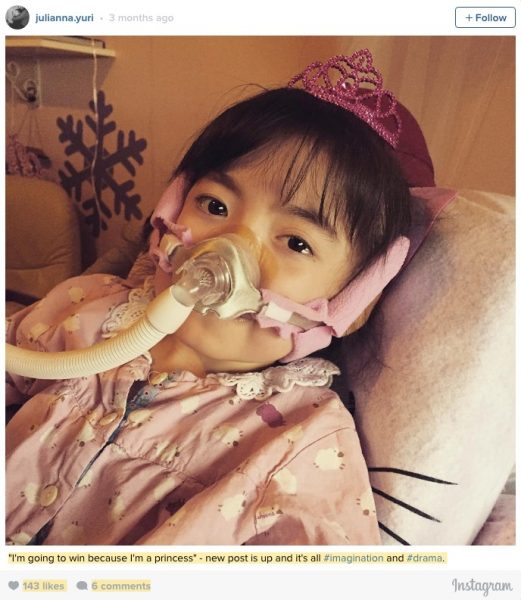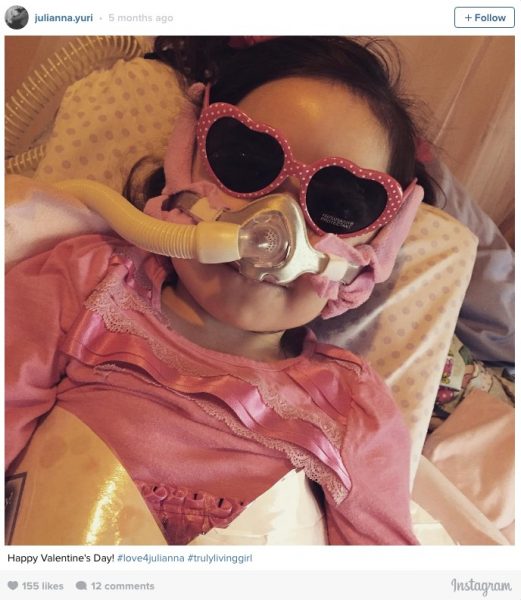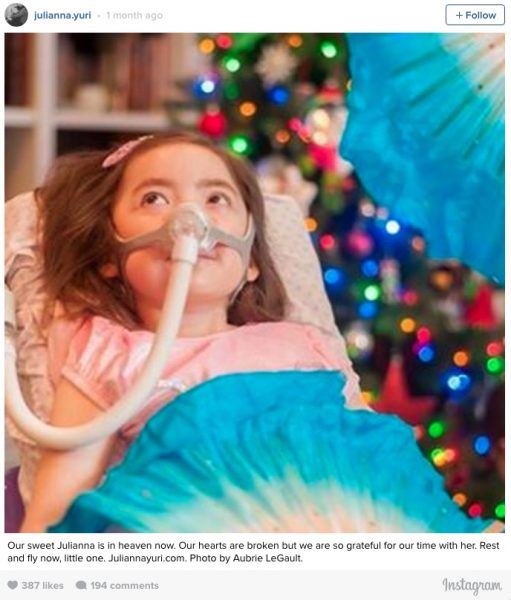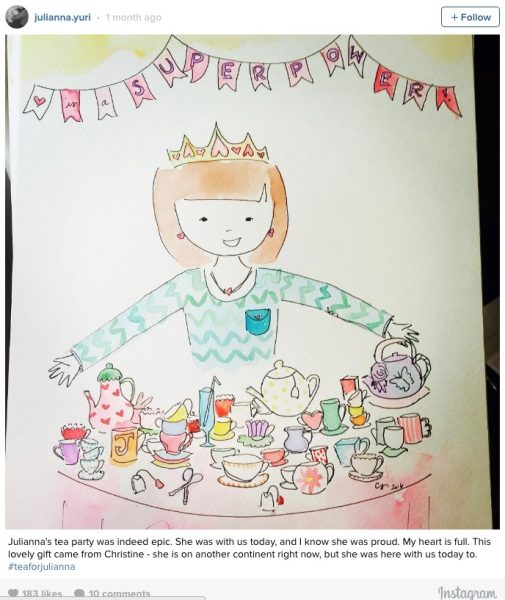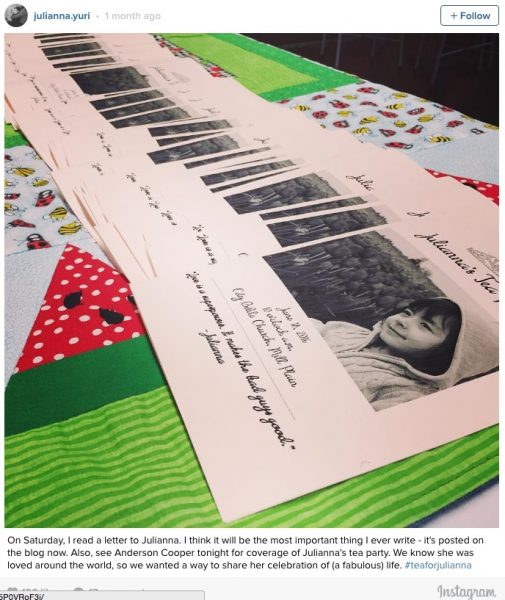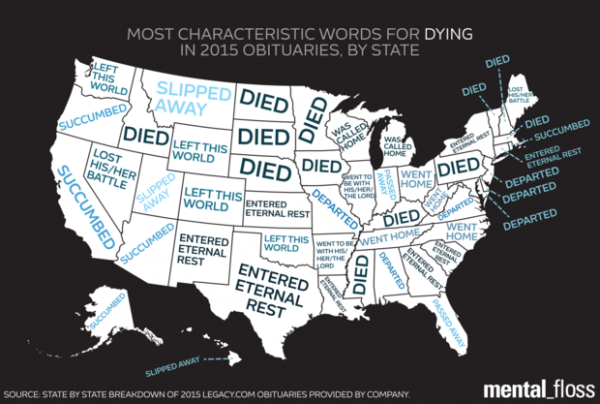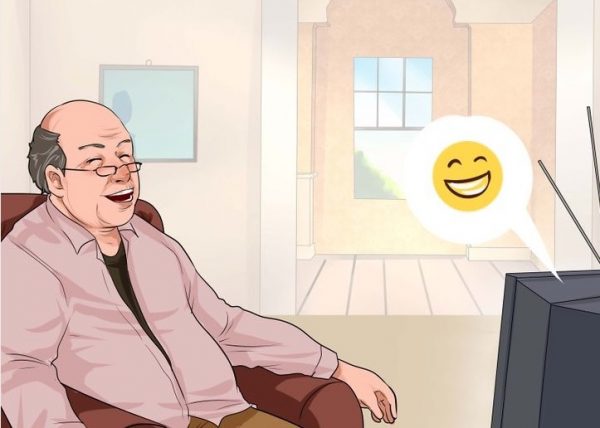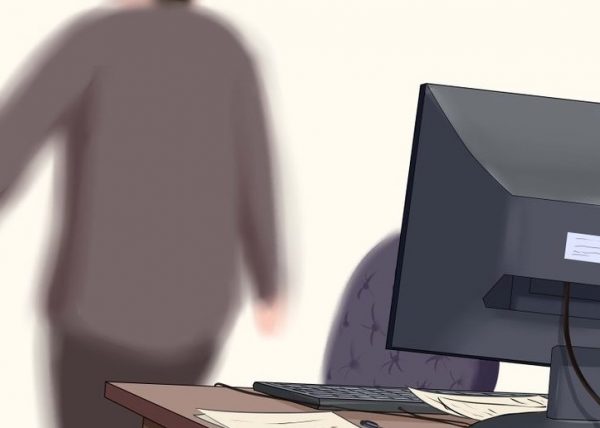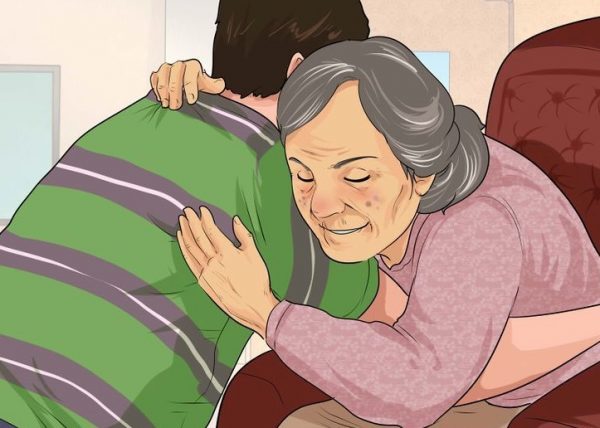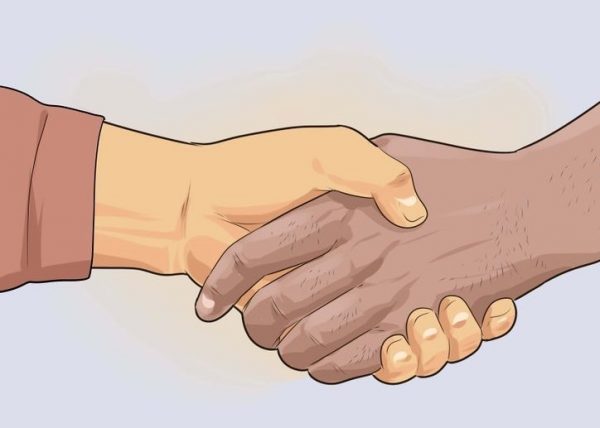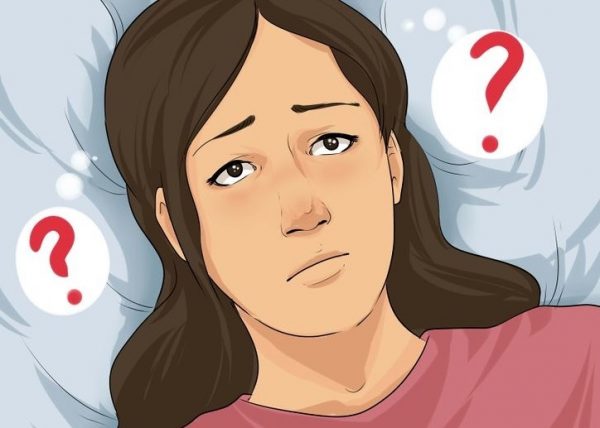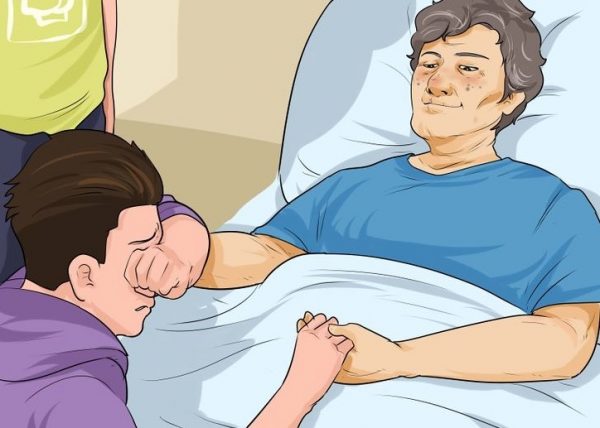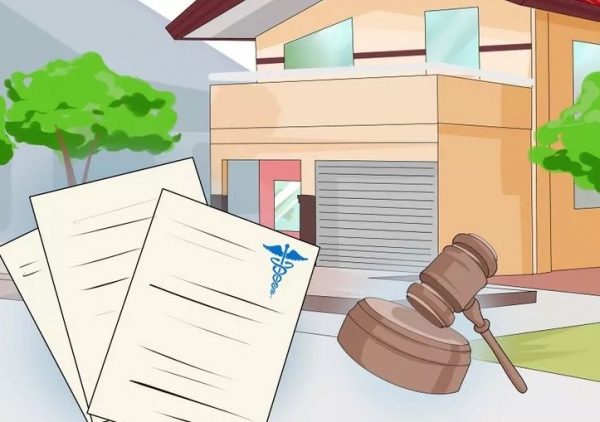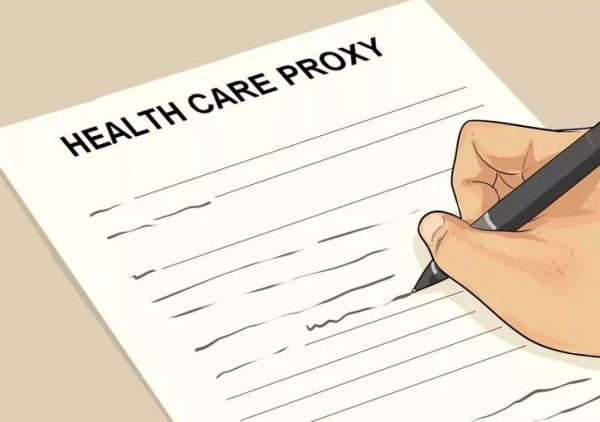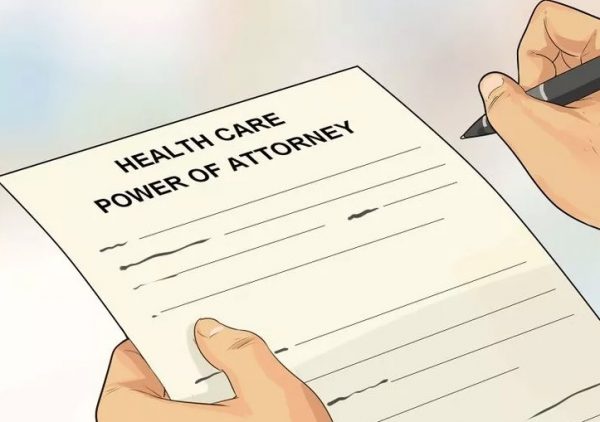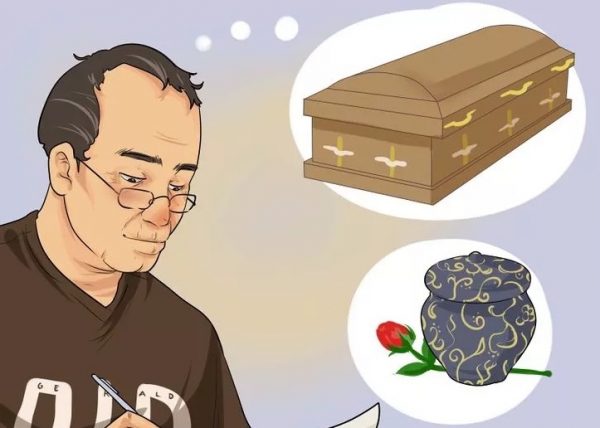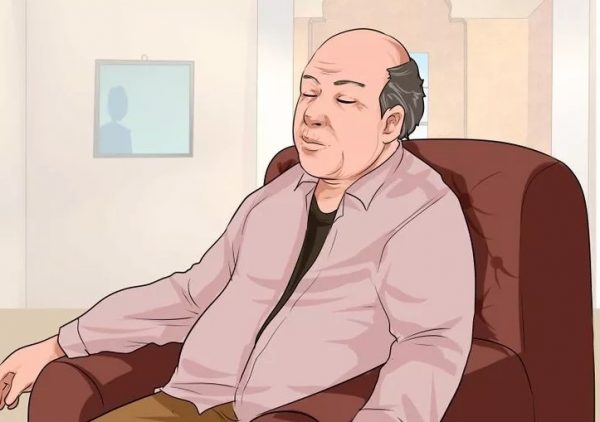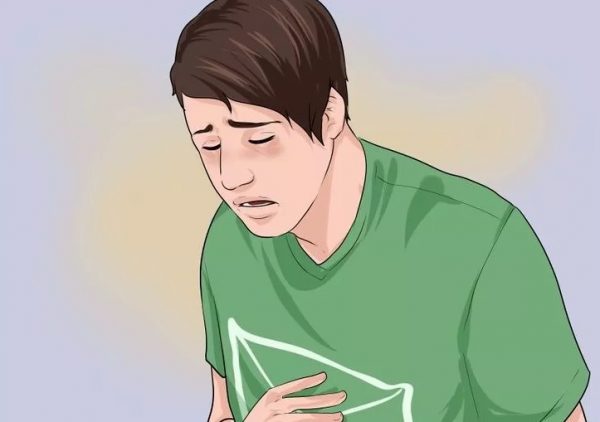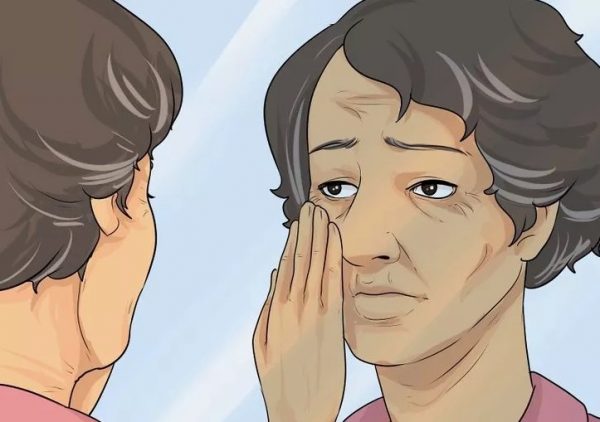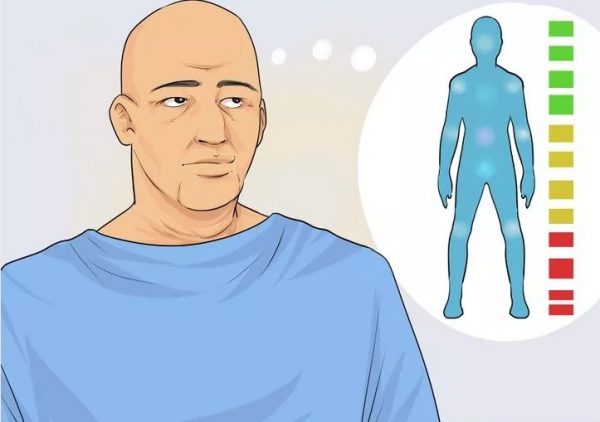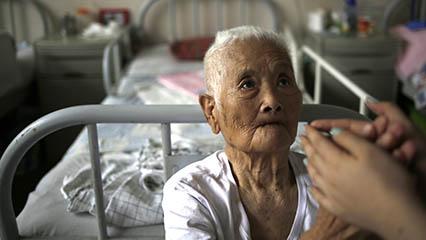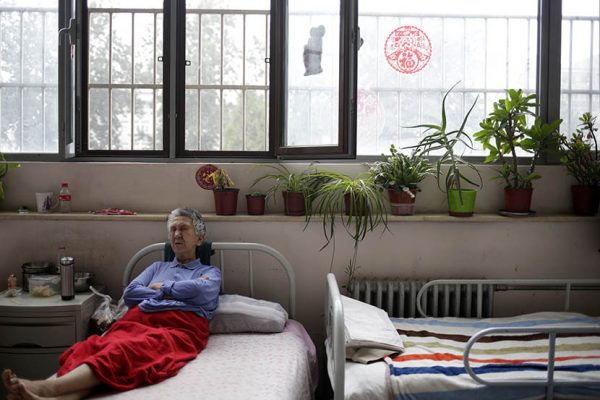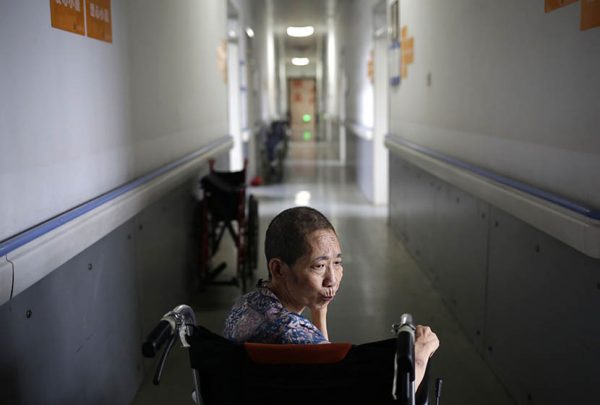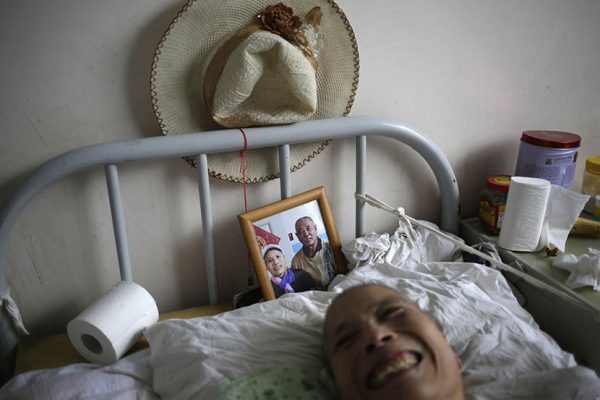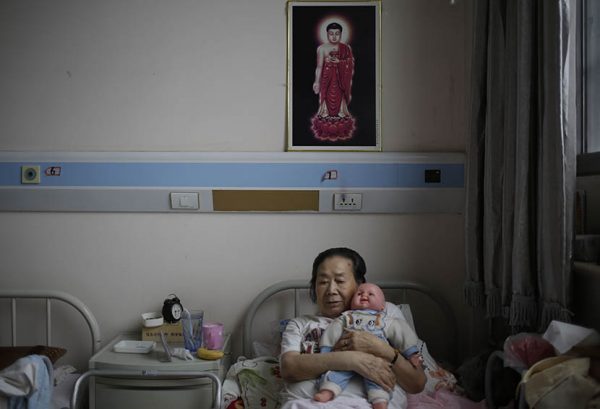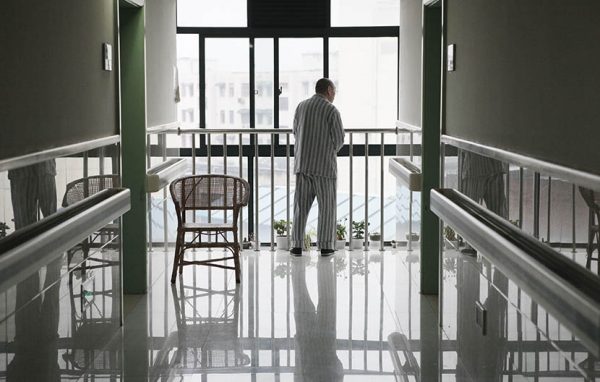by Mario Garrett
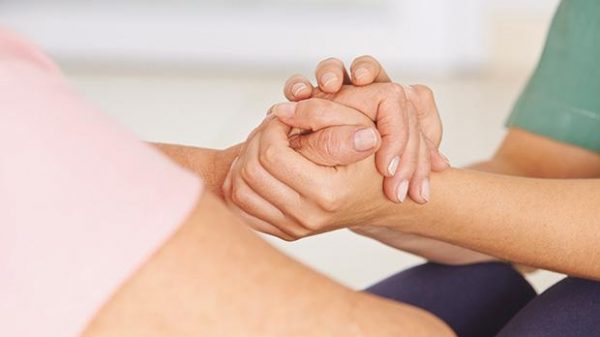
It is illegal to help someone kill themselves in Malta. But what if someone is dying in great pain?
Opioids usually administered in these times are sometimes not enough to stop the agonal stage of death. Agony comes from the Greek word ‘to struggle’. The process of dying, as seen by an observer, is that of a struggle. The stage right before an older person dies is often accompanied by disorientation, struggling to breathe with long pauses in between loud, laboured breaths – called Cheyne-Stokes breathing.
Sometimes a death rattle is heard in the breathing when there is liquid in the lungs. Sometimes the person may start convulsing. This agonal process is eloquently described in the Tibetan Book of the Dead. This is not the way we want to die.
In one study looking at what people said is their ideal way to die, Gilbert Meilaender from Valparaiso University in Indiana suggested a one-word answer: Suddenly! The idea is to live as long as possible at the peak of our vigour and then, when the time has come, to die quickly and painlessly. But this is not the way we die.
With our advancing and encroaching technology, it is more likely that dying will become a more protracted affair despite our wishes. Surprisingly, when we try and hasten the process we, as a society, have responded by punishing those who are trying to help us achieve a painless death.
In the US, one of my neighbours, Sharlotte Hydorn, before her death in 2013, gained a measure of notoriety by offering to mail you, for only $60, a package containing GLADD exit bags – Good Life and Dignified Death. The kit included a plastic bag, medical tubing, two canisters of helium and instructions on how to commit suicide – by placing the bag on your head and filling it with helium, which deprives the body of oxygen. The body does not know it is being denied oxygen since the helium mimics the oxygen molecule. You die peacefully. In the US, more than a quarter of us will likely die in an emergency room, our final departure looking more like a chaotic medical soap opera. Our death will be seen as another medical failure. For the majority of us, this is not what we want or what we deserve.
In Europe and the US, hospice care is gaining ground as the gold standard for end-of-life care. The Malta Hospice Movement is today 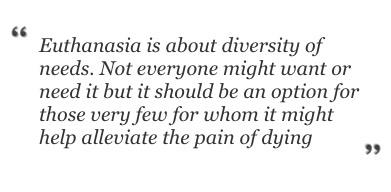 caring for over 1,000 patients and their families. However, Malta Hospice, as most hospice services, is used by too few people. And when these services are used, they are used too late. The result is that most older adults still experience widespread distress in the final stages of life.
caring for over 1,000 patients and their families. However, Malta Hospice, as most hospice services, is used by too few people. And when these services are used, they are used too late. The result is that most older adults still experience widespread distress in the final stages of life.
The result is that we deal with dying underhandedly. In hush hush tones we conspire to give the dying person a good death. In Malta, Jurgen Abela from the University of Malta’s department of family medicine conducted a survey of 160 doctors. The results are revealing. One in seven doctors were asked by their patients to help them die. Despite this, nine out of 10 would refuse such requests for moral reasons – since a majority were Catholic and this was important to them – despite half of these same doctors accepting the right of individuals to hasten their death. Such schizophrenic response harbours a sense of bigotry.
The religious fervour to curtail euthanasia has not slowed the growing number of states that have legalised physician assisted death. With four US states and four countries that today openly and legally authorise active assistance in dying of patients, the list of states/countries is growing.
There is nothing absolute in these situations. Physicians cannot determine with infallible certainty that someone is going to die, sometimes the medication used does not work as intended, or is delayed, the process of injecting a person with enough opioids to kill them is not family-friendly and it is killing without consent. These are all valid criticism that pose moral challenges.
If we look at how physicians die, what we find is that a majority of them do not go for invasive treatment if they know that it is unlikely to improve the outcome. They chose quality of life over quantity of life and self-medication is high. It takes a special person to go through with euthanasia.
In the state of Oregon in the US, only a small fraction goes through physician-assisted-suicide. In 2013, a total of 71 people went through physician-assisted-suicide out of nearly four million people in Oregon. In Malta this would translate to less than five people a year. There is no ‘thin end of the wedge’. These people, nearly exclusively white, were educated with a diagnosis of cancer (since we know a lot about the progression of this disease.)
Different older adults need different support. Some end-of-life options may not appeal to you, but the option needs to be made available for others that it might help. Euthanasia is about diversity of needs. Not everyone might want or need it but it should be an option for those very few for whom it might help alleviate the pain of dying.
Complete Article HERE!

